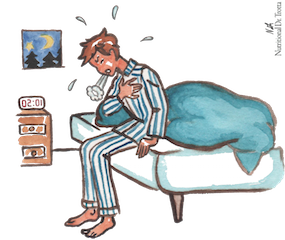Malaria, an economical and natural solution?
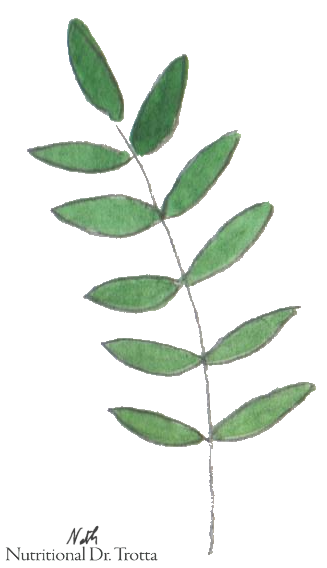
Malaria (bad air) is a tropical disease that still kills too many children in Africa, but can also claim the lives of Western tourists visiting malarious countries.
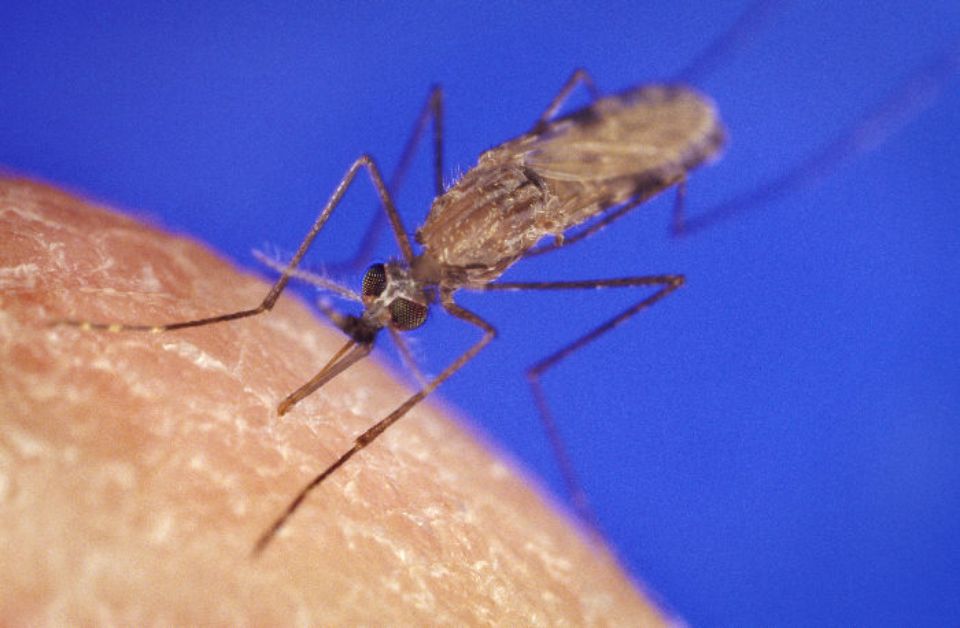
200 million new cases every year
500,000 deaths / year, mainly African children.
Prevention is essentially chemical, through the use of drugs, but these are increasingly having side-effects. What’s more, the parasite, which is more intelligent than the drugs, has adapted and is no longer sensitive to chloroquine, the first anti-malarial drug, becoming resistant to these drugs.
Treatment is also essentially chemical, but with increasing resistance. The problem in Africa is that one out of every two drugs is adulterated or counterfeit and therefore ineffective, that more and more malaria attacks are resistant to these chemical treatments, and that these drugs are too expensive for these impoverished populations.
The chemical route to malaria prevention and treatment has therefore reached a dead end.
We’ve been promised a vaccine for a long time now, but it’s not yet perfected and will never be effective enough to eradicate malaria. What’s more, it will be far too expensive for these poor populations, and will run the risk of inducing other diseases, as was the case with the eradication of smallpox, which gave rise to AIDS.
However, there is a plant that has been used in China for over 2,000 years, with no side effects, to treat recurrent fevers such as malaria. This plant is an asteraceae, a wormwood called Artemisia annua.
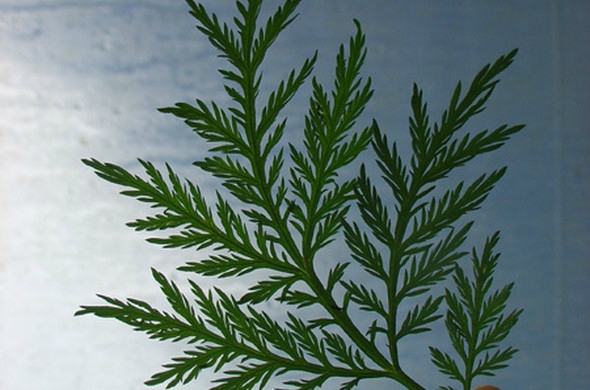
In 2015, this plant won the Nobel Prize for Medicine from a Chinese woman, Tu Youyou, who analyzed the plant’s constituents and isolated artemisinin, one of its active ingredients, which is effective against plasmodium, the malaria parasite.
Artemisinin has a remarkable effect against the malaria parasite plasmodium. Effective in 90% of cases of acute malaria attacks. Equally effective in prevention.
Laboratories have extracted artemisinin. They sell medicines containing this single artemisinin molecule. The problem is always the same: when a single molecule is extracted from a plant containing more than 500 of them, the therapeutic effect of the plant is diminished, and resistance to this single molecule appears, reducing the efficacy of these artemisinin-only tablets. Medicines combining several molecules, including artemisinin, have been developed. They are called ACT (Artemisin Combined Therapy), but they are expensive for these poor populations and less effective than the whole plant.
There are two types of plant: the Chinese Artemisia Annua and the African Artemisia Afra . The African plant does not contain the active ingredient artemisinin, and is just as effective against malaria as the Chinese plant, which does. It is therefore the totality of the molecules contained in the plant (over 400 components have been identified in the plant, more than 20 of which are anti-malarial), i.e. the entire plant or totuum, that explains the efficacy of these two plants.
The advantage of the whole plant is that the molecules that have an effect on the plasmodium act synergistically, so that the plasmodium cannot develop resistance to all of these molecules; it can develop resistance to one molecule, but not to all of them, so that the treatment is effective and does not lead to resistance.
It’s a mistake to want to extract a single molecule in order to patent it and reap millions in profits from the sale of this single active ingredient.
This explains the progression of malaria in Africa. And the high mortality rate, which leaves more than half a million children dead every year, much to the indifference of Westerners.
It’s all common sense, but why isn’t Artemisia more widely used for the prevention and treatment of malaria?
This is because there is a huge financial market and malaria represents a growth market for Big Pharma’s pharmaceutical laboratories.
WHO is the main obstacle to the development of Artemisia.
50 years ago, 50% of WHO’s budget came from public contributions from the major member states. Over the past 20 years, these contributions have fallen considerably, accounting for just 20% of the WHO budget.
80% of the WHO’s budget now comes from multinational drug companies and private foundations, including the Bill and Melinda Gates Foundation, which promotes vaccines and anti-malaria drugs in Africa in particular.
So the WHO is no longer the independent world health organization, but the organization for the global rollout of Big Pharma drugs.
In France, Artemisia annua is banned from sale in herbalists’ shops and pharmacies, again under pressure from the lobbies that sell chemical drugs and don’t want the French to treat themselves with plants that are often more effective, and the WHO in Africa prevents Africans from treating themselves with the much cheaper and less toxic artemisia.
“Artemisia is banned in France, yet it’s not toxic and it’s not a drug. Artemisia is only dangerous for those who make a business out of malaria”, quote from Bernard Crutzen’s film Malaria Business.
For those who are going to Africa or the malaria-ridden countries of Southeast Asia and don’t want to take Lariam, a drug with far too many side effects, here’s my advice.
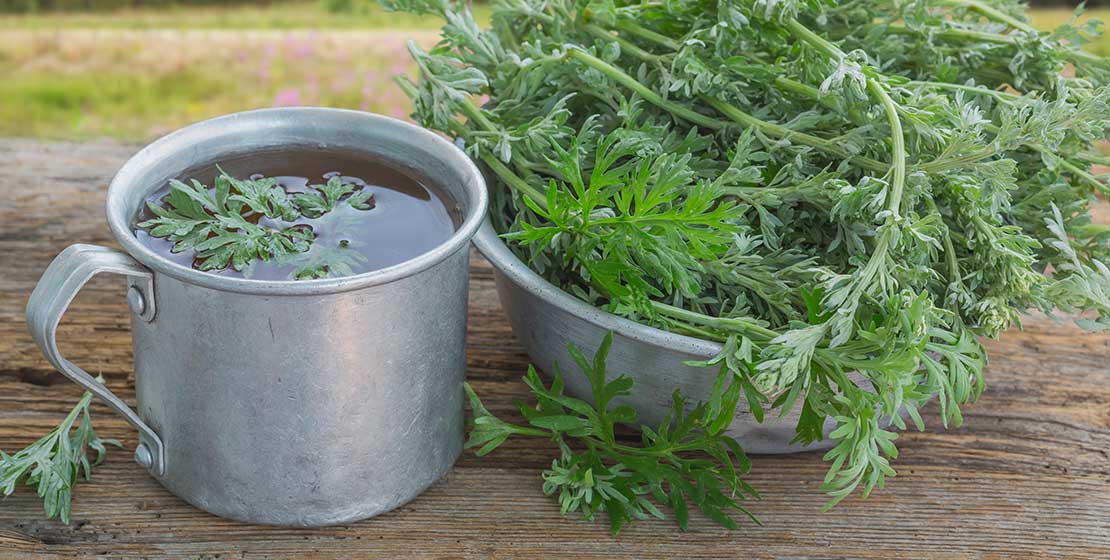
Get Artemisia. Dried whole plants or leaves and stems together.
Preventive artemisia tea for tourists travelling to malarious regions:
5g of leaves, i.e. a large handful of leaves and stems, or a good tablespoon of green powder for 1 liter of water. Pour the boiling water over the leaves and leave to infuse for 15 minutes. Filter, then leave to cool. Drink 1 l/day. From the day before your trip to one week after your return.
In conclusion: we have a two-thousand-year-old plant that nature has made available to us to combat fevers caused by mosquitoes in hot regions.
These fevers are responsible for the deaths of half a million poor children, mainly in Africa, every year. The World Health Organization is holding back the spread of this economic plant for private and base commercial interests, while awaiting the arrival of a so-called vaccine that will reap billions of dollars in profits.
This is colonialism pure and simple. The local cultivation of this plant creates local jobs, while the generalization of the vaccine will make African populations even more dependent on an economic model based on the predation of their resources and the corruption of their elites.
More on :
– the website of my Orthodontist colleague, Dr Lucile Cornet-Vernet, who created the Maison de l’Artemisia and is working with over fifty scientists to spread the cultivation of Artemisia in Africa. https://maison-artemisia.org/
– Clinical studies demonstrating the superiority of artemisia in the prevention and treatment of malaria over chemical drugs. https://maison-artemisia.org/Maison-Artemisia-Cliniques.pdf
– a film by a Belgian malaria business director, which in 1h30 takes a look behind the scenes of the malaria business and the natural solutions available to us. Malaria Business film by Bernard Crutzen.
The film features a double-blind study between ACT chemical drugs and Artemisia herbal tea: while ACT drugs are 80% effective, the herbal tea is 99% effective, with complete disappearance of the parasite from the bloodstream.
Dr Pascal Trotta,
Former intern at the Hôpitaux de Paris, Specialist Physician, Radiologist, Homeopath, Founder of the San Sebastian Institute of Natural Medicine
Paseo de los Fueros 3, 20005 San Sebastián, Basque Country
Request an appointment for a consultation with Dr Trotta
– on site.
– online.
Order Dr Trotta’s natural supplements:
– Tel: 05 54 54 44 43
– Le laboratoire du Dr Trotta
– or click on the image below for the desired supplement or pack
Need more information and to meet Dr. Pascal Trotta?
Make an appointmentAlso read
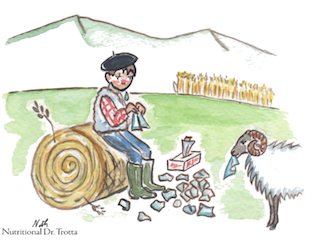
Spring allergies
